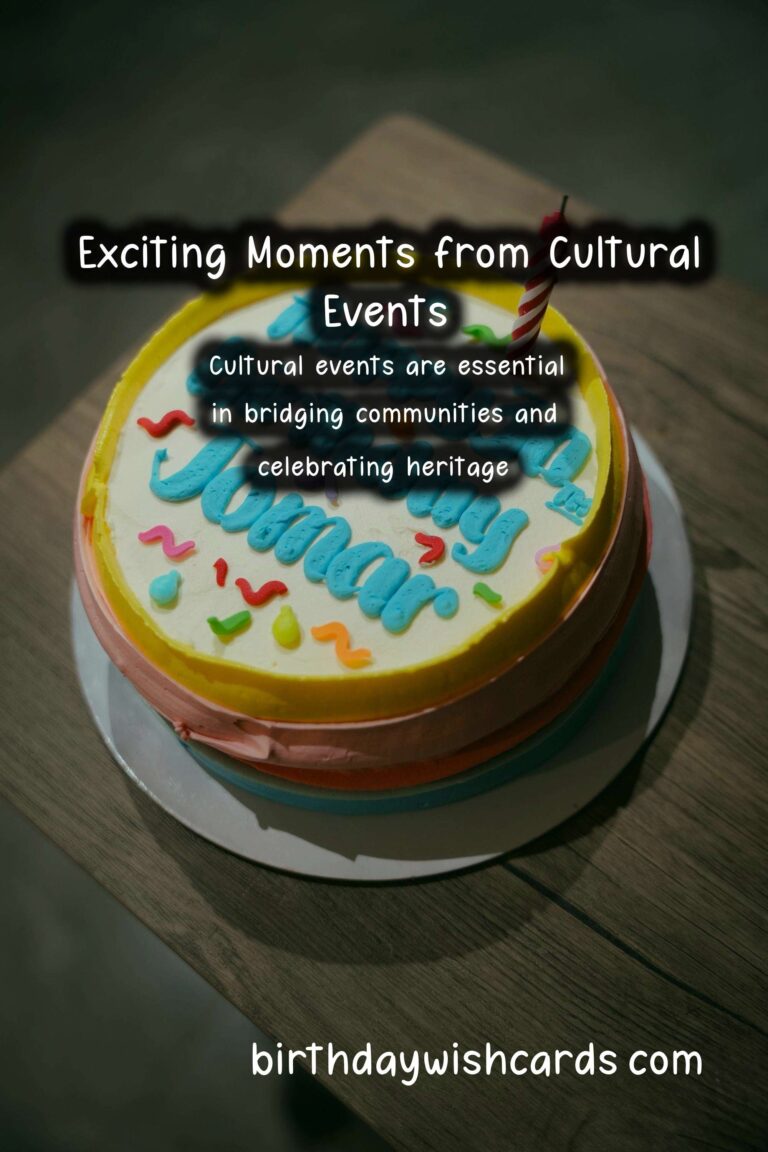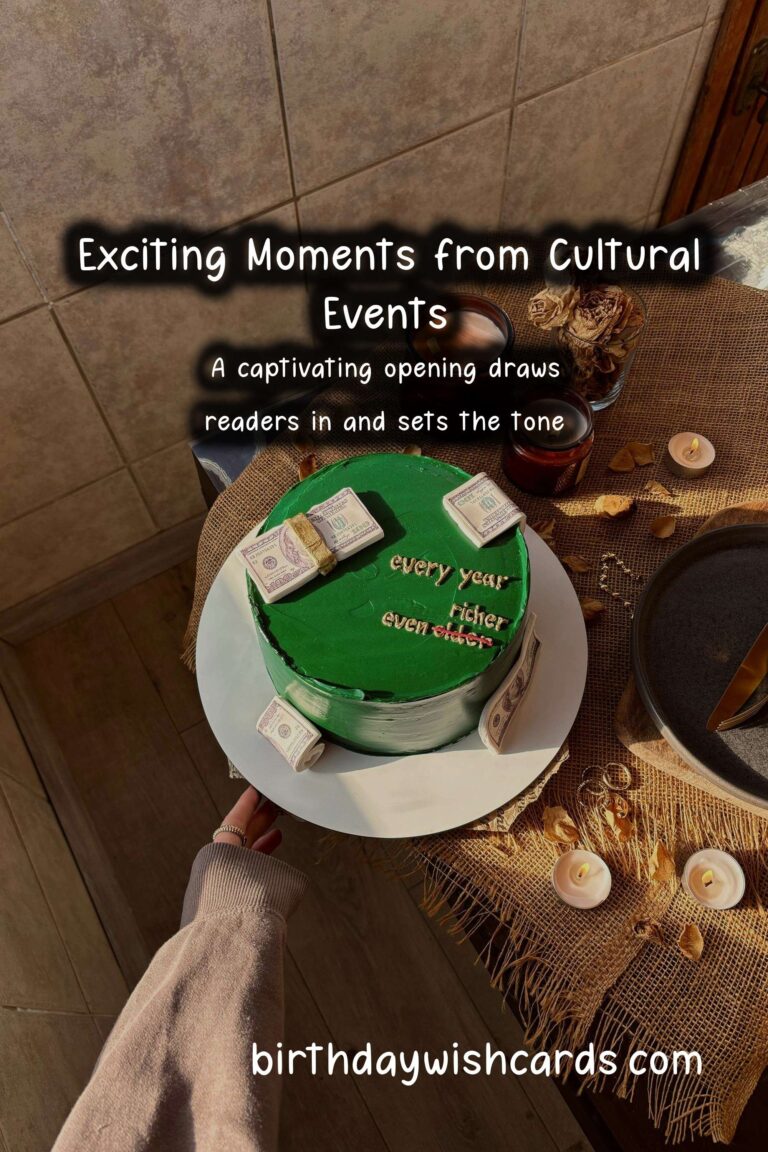
Cultural events are essential in bridging communities and celebrating heritage. Whether you are promoting a music festival, food fair, or art exhibition, a well-written cultural event guide is key to maximizing engagement and attendance. In this article, we will explore memorable approaches to crafting an effective cultural event guide.
1. Understand Your Audience
Before penning your guide, it is vital to understand who your audience is. Identifying demographics, interests, and cultural backgrounds helps tailor your content to resonate with readers. Ask yourself:
- What age group am I targeting?
- What cultural background do they identify with?
- What are their interests?
This understanding will help shape the tone, language, and content of your guide.
2. Captivating Introduction
Your introduction sets the stage for the entire guide. A captivating opening draws readers in and sets the tone. Start with a compelling story, an interesting fact, or a question that relates to the cultural event.
For example, instead of merely stating the event’s name, one could introduce a unique aspect of the tradition or a personal anecdote to capture attention.
3. Detailed Event Information
Provide all necessary details about the event in a clear and structured manner. This includes:
- Date and Time: Clearly state when the event starts and ends.
- Location: Offer an address, directions, and any landmarks to help attendees find it easily.
- Entry Fee: Include information about ticket prices, discounts, or free admission.
4. Highlight Unique Features
What makes your cultural event stand out? Unique features such as special guests, activities, or performances draw in attendees. Create sections in your guide that highlight these features:
- Featured Guests: Introduce any notable speakers, performers, or artists attending the event.
- Special Performances: Mention live music, dance performances, or workshops that enhance the cultural experience.
- Food and Drink: Don’t forget to highlight local cuisine or unique offerings that will be available during the event.
5. Engaging Visual Content
Visual content is imperative in an online guide. Use engaging images, videos, and infographics to capture interest and convey the cultural depth of the event. Consider:
- High-Quality Images: Use professional photos that highlight the vibrancy of the event.
- Infographics: Create visual representations of schedules, timelines, or cultural information.
6. Storytelling Approach
Integrate storytelling into your guide to create emotional connections. Share stories of past events, participant experiences, or the history behind the cultural celebration. These narratives can evoke feelings and stimulate interest in attending the event.
7. Call to Action
Ensure your guide ends with a strong call to action (CTA). Whether inviting readers to purchase tickets, share the guide on social media, or RSVP, a clear CTA directs readers towards their next step.
8. SEO Optimization
To reach a broader audience, optimize your guide for search engines. Use relevant keywords throughout your article, including:
- Keywords related to the event type.
- Location-specific phrases.
- Phrases related to cultural themes.
9. Social Media Promotion
Leverage social media to amplify your reach. Share snippets of your guide, photogenic highlights, or behind-the-scenes previews of the event to create buzz. Engaging social media content can link back to your guide, drawing more attendees.
10. Feedback and Continuous Improvement
After the event, gather feedback from attendees and examine how your guide performed. This assessment is valuable for continuous improvement, as you can adapt your strategies for future events based on this feedback.
Conclusion
In conclusion, a cultural event guide can be a crucial tool for engagement and attendance if written with creativity and attention to detail. By understanding your audience, providing essential information, incorporating visuals, and promoting your content effectively, you can create a memorable guide that honors cultural significance and attracts visitors.
Cultural events are essential in bridging communities and celebrating heritage. A captivating opening draws readers in and sets the tone.
#CulturalEvent #EventGuide #CommunityEngagement

